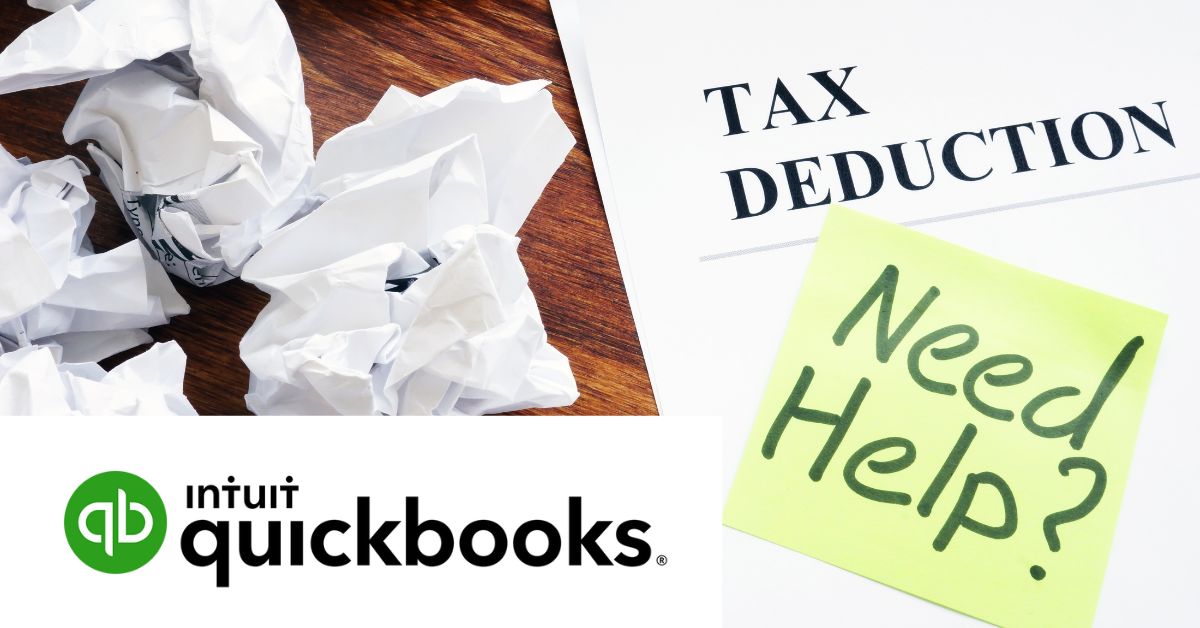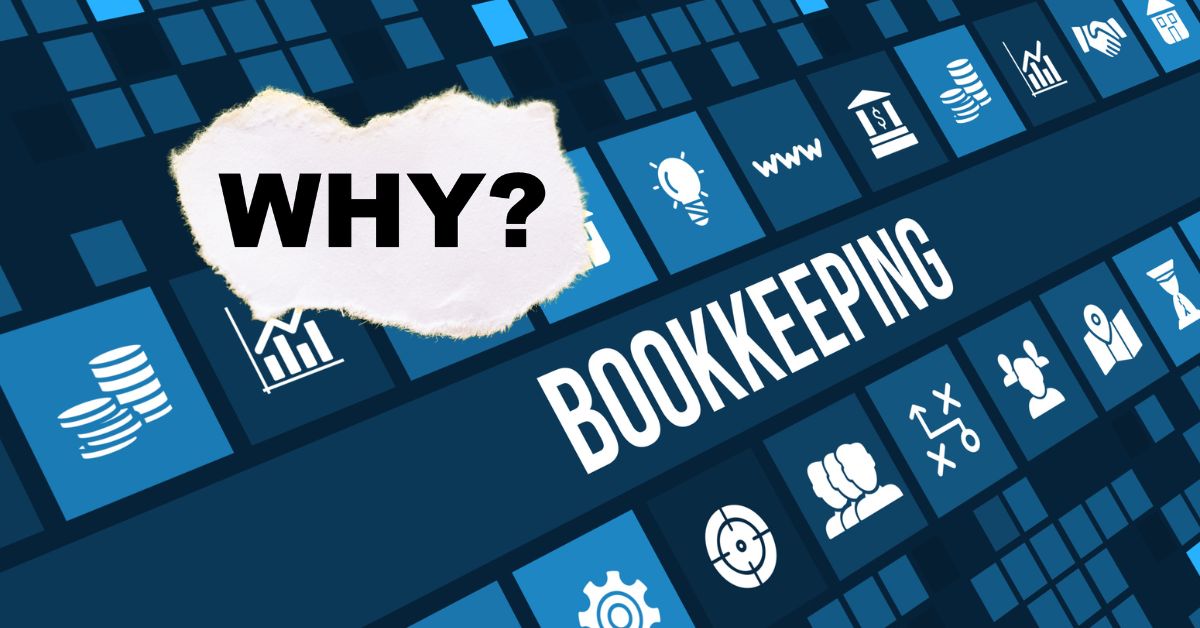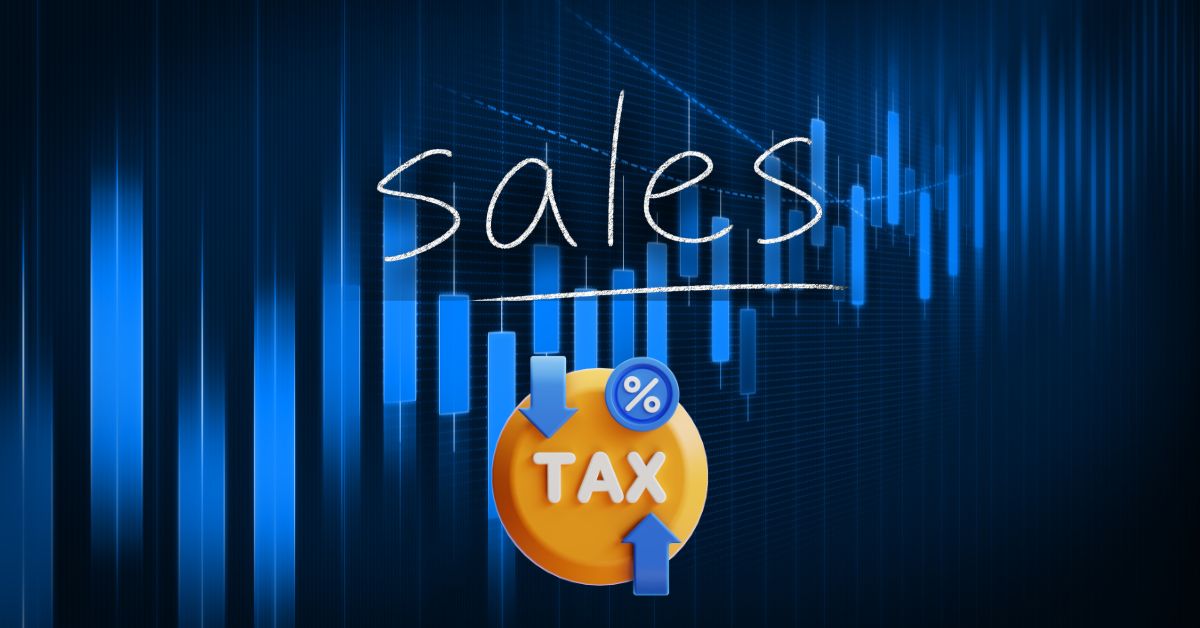When you run a small business as an S Corp or an LLC taxed as an S Corp, it’s important to know the nuances of how to file your taxes. While filing your business taxes may seem intimidating, it’s straightforward when you have good accounting records and know which forms must be completed. Continue reading to learn how to file taxes for an S Corp when running a solo business.
Tax requirements for S Corps
Contrary to C Corporations that have to pay a separate corporate income tax, S Corps are considered pass-through entities, meaning the owner pays taxes on their personal tax return.
The IRS established the S Corp status as a way to encourage entrepreneurs to grow their own small businesses and to mitigate the owner’s self-employment tax burden. Prior to the existence of the S Corp election, small business owners would either be taxed as a disregarded entity, a partnership, or be subject to the double taxation of C Corps.
A disregarded entity meant simple tax filing, but carried the burden of self-employment tax plus personal income tax. A partnership, similarly to an S Corp, is a pass-through entity where income tax is paid on the owner’s personal tax return but partnership income is subject to self-employment tax. The C Corp is subject to corporate income tax and then the owners would pay taxes again when they took dividends from their business.
All this to say, the S Corporation is a great opportunity to save on taxes, but you’ll need to follow a few steps to turn your accounting details into tax forms that you can submit to the IRS.
Annual tax filings
Here’s a look at the key forms you need to complete for annual S Corp taxes:
- Form 1120S: The S Corp tax return is prepared and filed on federal Form 1120S. The Form 1120S is populated with your businesses’ financial statements for the current tax year. The profit and loss statements summarizes the business income for the year, while the balance sheet reports your businesses’ assets, liability and equity.
- Schedule K-1 (Form 1120S): Schedule K-1 allocates profits and losses to each business owner. Schedule K-1 is automatically generated when you prepare the Form 1120S and will be filed with the IRS when you complete your S Corp tax return. The K-1s are then distributed to each owner to include in their personal income tax return.
Pro tip: If you’re the sole-owner of your S Corp, there will only be one K-1, but for partnerships or businesses with multiple owners, each of the S corporation shareholders receive their own K-1.
Payroll tax filings
Because you’re an employee of your business and must pay yourself a reasonable salary and additional payroll- tax forms are required.
Here’s a list of the payroll tax forms that are required of an S Corp:
- Form 941: Form 941 is a quarterly payroll form reporting wages and payroll taxes paid within that quarter. It includes federal tax withholdings, social security and medicare taxes paid. Form 941 is completed and filed quarterly.
- Form 940: Form 940 is an annual Federal Unemployment Tax return. Businesses with employees must complete this form annually.
- Form W-2: The W-2 summarizes annual payroll to an employee, including a breakdown of tax withholdings attributable to the worker. Employers file the W-2 with the IRS and then issue a copy to its employees. Employees include Form W-2 in their personal tax return.
- Form W-3: Form W-3 summarizes the wages and withholdings paid to all employees of a business.
- Form 1099-NEC: In some circumstances, additional forms may be required. For example, if you pay an independent contractor $600 or more in a year, you must submit a 1099-NEC form to the IRS and send a copy to the contractor. The contractor reports the sum of all 1099-NECs on their personal income tax return.
Some states require separate payroll tax forms, in addition to federal payroll tax forms. You can streamline both processing payroll and filing these payroll tax forms with a payroll service like Gusto.
Steps to file business taxes for an S Corporation
When tax season rolls around, follow these steps to file accurate taxes by the deadline:
Understand your filing deadlines: While personal taxes are typically due on April 15th, business taxes are due earlier. Form 1120S is due on March 15th. Payroll tax forms, such as Forms W-2, W-3, and 1099 forms are due by the end of January. Your state may have different deadlines than the IRS. Deadlines are commonly adjusted for weekends and holidays, so reviewing them each year is a good practice for tax season.
Ensure you have accurate accounting records: Complete and clean financial statements are required to file your business taxes. You’ll need a profit and loss statement, also called an income statement, which details your business revenue, expenses. You’ll also need a balance sheet, which summarizes your businesses’ assets, liabilities and equity. Using an accounting software throughout the year will help you maintain these financial statements so they are ready for you when it’s time to file tax returns.
Get professional support: Once it’s time to begin completing your tax forms, you’ll need to choose an accountant or software capable of completing both the business tax forms and your personal tax return.
Finalize and submit payroll tax forms: Payroll taxes are always due first, before the annual business tax returns. You’ll need to ensure your Forms W-2, W-3, 941, and 940 forms are completed and submitted by January 31st. Payroll services often put these forms together for the business owner, but you’ll want to get copies and confirm they’ve been submitted.
Prepare and file Form 1120S: Form 1120S and K-1 are due to the IRS by March 15, assuming it is a weekday.
Complete and file your personal taxes: Using your W-2, K-1, and any other supporting tax documents, you can complete and file your personal income tax return. Assuming it’s a weekday, taxes are due April 15th. Most business owners will file Form 1040 for their personal tax return. As a pass-through entity, your business tax rates are based on your personal tax rates.
If you want your accounting, payroll tax forms, 1120S, and K-1 done for you, check out how you can get the support you need from Collective.
Tax-saving strategies for S Corps
An S Corp election is a tool that can provide huge tax savings opportunities. By understanding how they work, you can optimize your business structure to lower your total tax liability.
Reducing self-employment taxes
As a single-owned business without an S Corp election, business profits are subject to self-employment taxes.
But once you’re an S Corp, you have to take a formal salary reported on a W-2. The income paid through payroll is subject to the self-employment tax, which includes both the employer’s and employee’s portions of Social Security and Medicare taxes.
The leftover business profit beyond your paycheck is considered a profit distribution and is only subject to income tax. This portion of your income isn’t subject to self-employment taxes.
While the IRS requires you to pay yourself a reasonable salary. It’s tempting to default to paying yourself a lower salary, because that means you’d pay less in self-employment taxes, however if your salary is too low, you’re at risk with the IRS. Forfeiting a salary or paying a salary that’s too low can result in audits, back taxes, interest, penalties, and fines.
Capturing business expenses
Regardless of the type of business entity you operate, it’s imperative to track business expenses closely for tax purposes. Expenses offset your revenue to lower your business profits. And lower business profits mean lower taxes. With an S Corp, you need financial records to show your salary and business profits.
Small business owners are entitled to deduct expenses like travel, continuing education, supplies, computers or anything else purchased to generate revenue. Read our full guide to business expenses to learn more.
Maximizing employer retirement contributions
With an S Corp, you’re both an employer and an employee. Contributing to the right type of retirement account can unlock additional tax benefits. For example, a Solo 401(k) allows for both the employee and the employer to make pre-tax contributions, which lowers your tax bill.
Retirement contributions limits are adjusted annually, so be aware of your maximum allowable contributions each year. Check out our full guide to retirement accounts for self-employed individuals to learn more.
Bottom line: Filing taxes for your S Corp
For S Corp owners, filing taxes isn’t optional. Understanding which tax forms are required and their due dates can help you chart out a plan for staying compliant with your business taxes going forward.
If you’re a Business-of-One and overwhelmed by the idea of handling payroll and S Corp tax filings, schedule a call with Collective today. We’re here to help.











